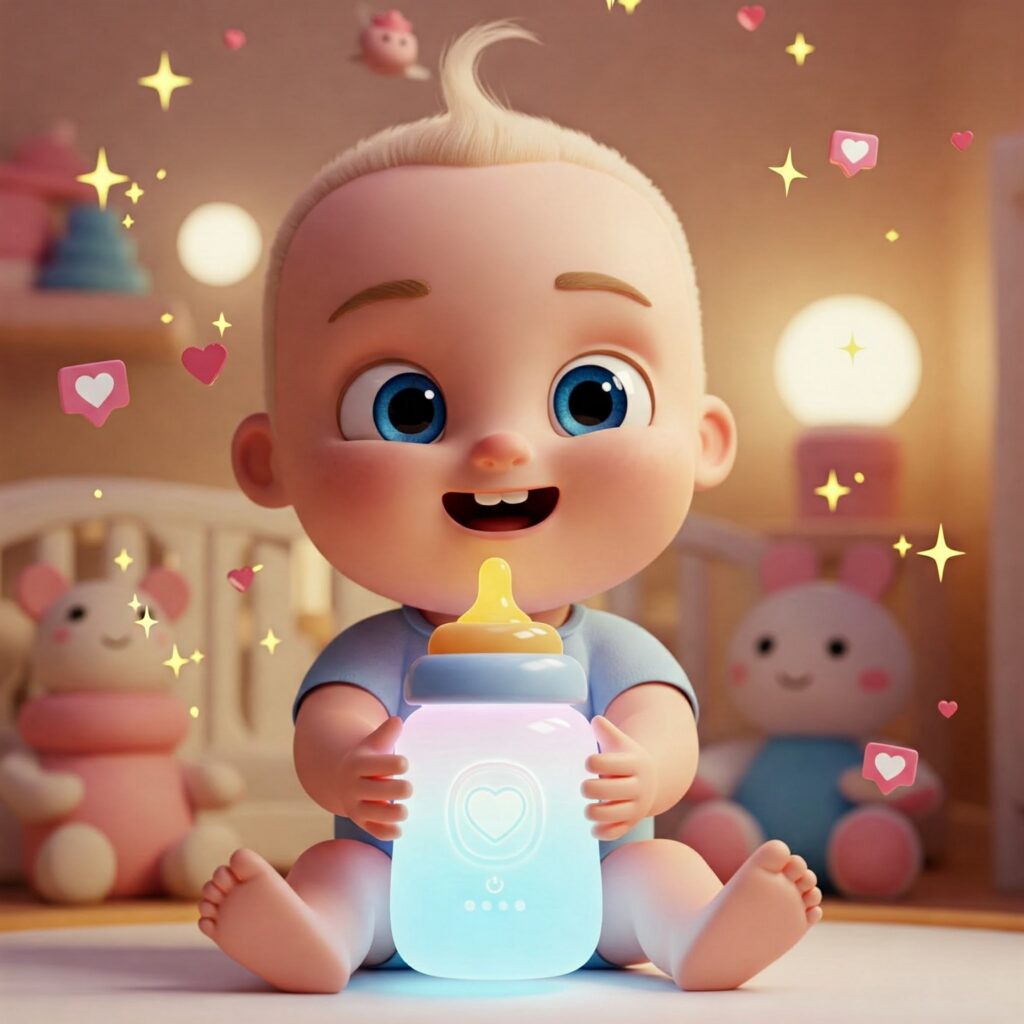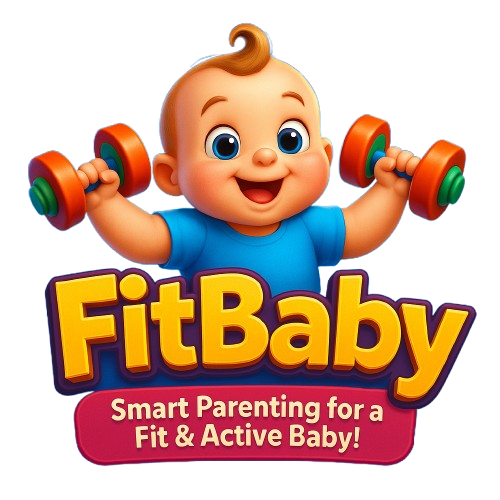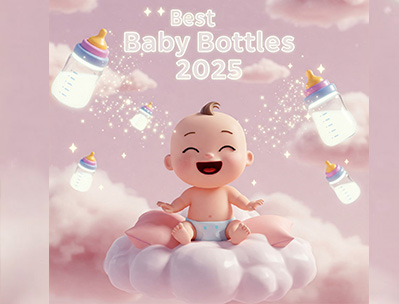Table of Contents
Becoming a parent is one of life’s greatest joys—but it comes with a lot of decisions, especially when it comes to feeding. Whether you’re breastfeeding, formula feeding, or combining both, choosing the best baby bottles can make a huge difference in your baby’s health, comfort, and feeding routine.
In this comprehensive guide, we will walk you through everything you need to know about baby bottles: types, materials, features, and our top picks in 2025. If you’re looking to buy the perfect baby bottles for your little one, you’re in the right place!
👶 Why Choosing the Right Baby Bottle Matters
Your baby will spend a lot of time feeding in the first few months. That’s why it’s important to choose baby bottles that are safe, easy to clean, and mimic natural breastfeeding. A well-designed bottle can:
- Reduce gas, spit-up, and colic
- Support oral development
- Make transitioning from breast to bottle easier
- Prevent nipple confusion
- Ensure proper milk flow

🧴 Different Types of Baby Bottles
There are various types of baby bottles available on the market. Each type has unique features suitable for different feeding needs:
1. Standard Baby Bottles
These are the most common type and are suitable for most babies. They usually come in plastic, glass, or stainless steel materials.
2. Anti-Colic Bottles
Designed with a special venting system to reduce air intake, these baby bottles help minimize gas and colic.
3. Wide-Neck Bottles
These bottles have a wider opening, making them easier to clean and closer in shape to a mother’s breast, which helps in smooth breastfeeding transitions.
4. Disposable Liner Bottles
These baby bottles come with a pre-sterilized liner that collapses as your baby drinks, reducing air intake.
5. Angle-Neck Bottles
Shaped to keep the nipple full of milk, angled baby bottles help reduce ear infections and gas by preventing your baby from swallowing air.

Best Materials for Baby Bottles
The material of your baby bottle affects safety, durability, and ease of use. Here are the most common options:
Plastic (PP, PES, or PPSU)
- BPA-free plastic is lightweight and shatterproof.
- Look for polypropylene (PP) or polyethersulfone (PES) for safer options.
Glass
- Free from harmful chemicals.
- Heavier but more eco-friendly.
Silicone
- Soft, flexible, and easy to clean.
- Often used for collapsible baby bottles for travel.
Stainless Steel
- Keeps liquids at a consistent temperature.
- Durable and long-lasting.

✅ Key Features to Look for in Baby Bottles
When shopping for baby bottles, consider the following features to ensure you’re making the best choice:
- Anti-Colic Vent System: Reduces gas and fussiness.
- Nipple Shape & Flow: Mimics breastfeeding and adapts to baby’s age.
- Ease of Cleaning: Dishwasher-safe bottles save time.
- Material Safety: Look for BPA-free, non-toxic options.
- Leak-Proof Design: Prevents mess during feeding and travel.

🛒 How Many Baby Bottles Do You Need?
For newborns, it’s ideal to start with at least 6 to 8 baby bottles. This ensures you have clean bottles on hand while others are being washed or sterilized. As your baby grows, you might want to switch to larger sizes or bottles with faster-flow nipples.

🧼 Tips for Cleaning and Sterilizing Baby Bottles
Keeping baby bottles clean is crucial for your baby’s health. Here’s how to do it effectively:
- Wash all parts with warm, soapy water after every use.
- Use a bottle brush to clean the inside thoroughly.
- Sterilize bottles in boiling water or use a steam sterilizer.
- Let them air dry on a clean rack.

➡️ [Click here for bottle sterilizers ]
💡 Final Thoughts: Which Baby Bottle Is Right for You?
Choosing the best baby bottles depends on your baby’s age, feeding style, and any issues like colic or gas. Try out a couple of different types to see which one your baby prefers. Every baby is different, and the best bottle is the one that keeps both baby and parent happy.

📌 Frequently Asked Questions (FAQs)
Q1: Are plastic baby bottles safe?
Yes, as long as they are BPA-free and from reputable brands.
Q2: When should I replace baby bottles?
Replace bottles every 4–6 months, or sooner if they show signs of wear or damage.
Q3: Can I use baby bottles for breastfed babies?
Yes! Look for wide-neck bottles with a natural-shaped nipple to ease the transition.
✨ Where to Buy the Best Baby Bottles Online?
You can find all the recommended baby bottles on Amazon at competitive prices. Don’t forget to check out customer reviews before making your purchase.

